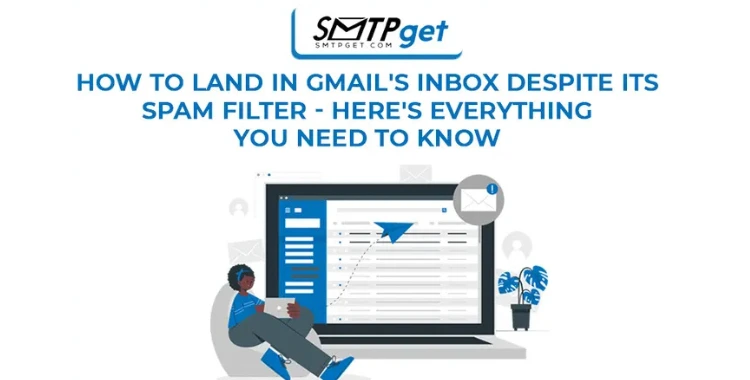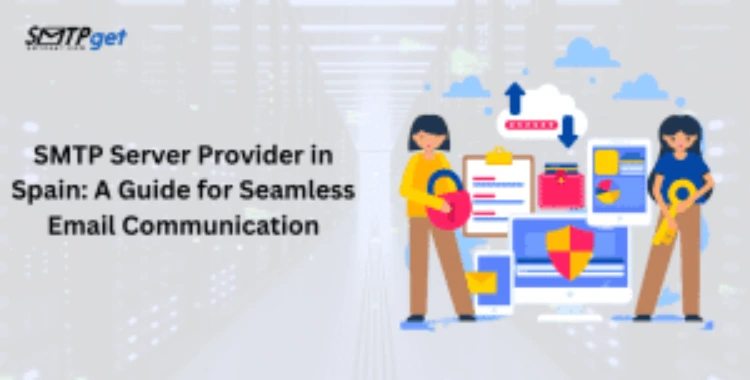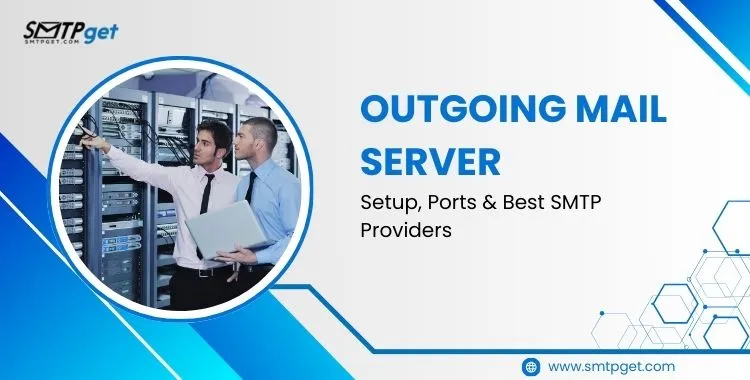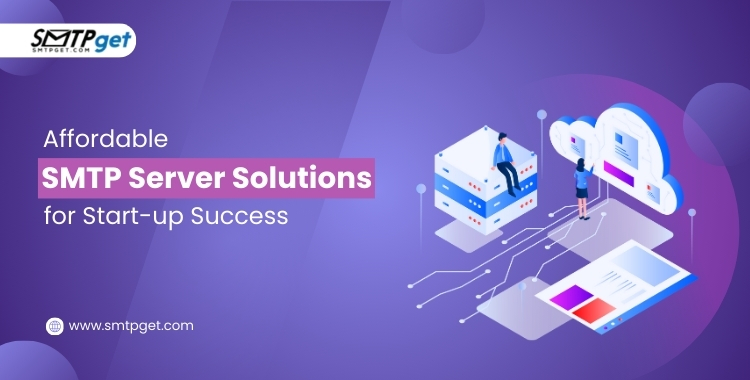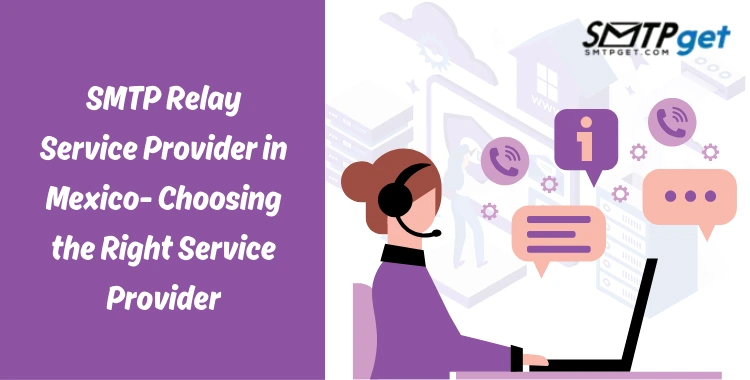In the world of digital marketing and B2B outreach, cold emailing continues to be a powerful way to generate leads and build business relationships. But without the Best SMTP Services for Cold Emails, your messages may never reach the inbox. That’s why choosing the right Cold email SMTP server and building the proper Cold email infrastructure is crucial to your success.
The best Cold email SMTP server provider ensures your emails reach the inbox, not the spam folder. With the right Cold email infrastructure, you can send personalized messages at scale. Partnering with a trusted Cold email service provider helps optimize your SMTP Server for Cold Emailing and boosts deliverability, engagement, and long-term results.
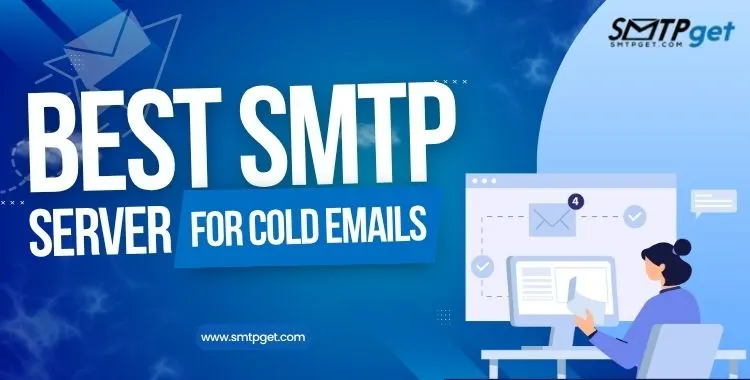
In this article, I’ll explore the best SMTP services for cold emails, explain what makes an SMTP provider good for outreach, and help you choose the right one for your business.
What Is an SMTP Server for Cold Emailing?
An SMTP Server for Cold Emailing is a mail transfer system that allows you to send emails from one server to another. It ensures your email reaches your recipient’s inbox. Unlike regular email marketing tools, a Cold email SMTP server is specifically set up to support unsolicited emails to prospects you haven’t interacted with before.
For cold outreach, you need a custom setup that’s optimized for:
- Inbox placement
- IP warming
- Domain authentication (SPF, DKIM, DMARC)
- Bounce and spam control
- High-volume delivery
Choosing the Best SMTP Services for Cold Emails ensures that all these components are configured correctly for success.
Why Cold Email Needs Special Infrastructure
Cold emails differ from marketing emails. You’re reaching out to people who may not know you. This makes deliverability more challenging. That’s why you need a specialized Cold email SMTP server that forms the foundation of a robust Cold email infrastructure.
Key Reasons to Use a Dedicated SMTP Server for Cold Emailing:
- Marketing platforms like MailChimp and SendGrid often ban cold emailing.
- Personal email accounts have daily limits (e.g., Gmail = 500/day).
- IP reputation matters. You need a clean IP for cold outreach.
- You must avoid blacklists by monitoring complaints and bounces.
- Only the Best SMTP Services for Cold Emails offer these protections and features.
What Makes the Best SMTP Services for Cold Emails?
Choosing the best SMTP service for cold emails is crucial for ensuring high deliverability and avoiding spam filters. Here’s what sets the top SMTP server providers apart.
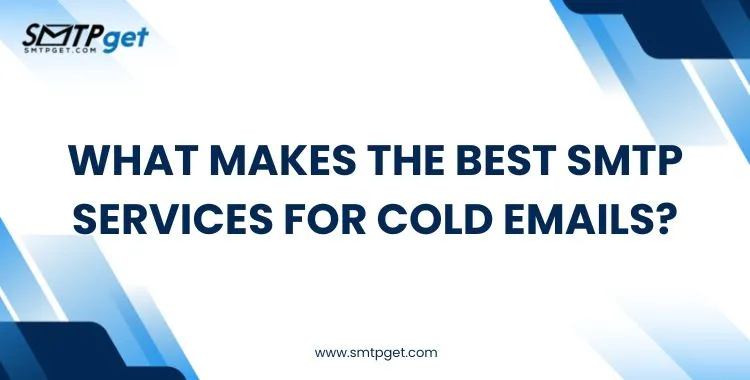
1. Dedicated IPs
Dedicated IPs ensure that your sending reputation isn’t affected by other users. They’re essential in a Cold email SMTP server setup.
2. Warm-Up Assistance
New IPs and domains need to be warmed up slowly. Top providers offer automated warm-up to build trust with inbox providers.
3. High Send Limits
You need the flexibility to scale. The Best SMTP Services for Cold Emails don’t restrict your volume once your reputation is established.
4. Authentication Protocols
SPF, DKIM, and DMARC setups are mandatory for proper email authentication and inbox delivery.
5. Bounce, Spam, and Feedback Monitoring
Maintaining a healthy Cold email infrastructure means keeping your bounce and complaint rates low.
6. Cold Email Compliance
Your provider should allow cold emails. Many traditional platforms don’t.
7. Integration Support
Good B2B Cold email service provider solutions offer seamless integration with outreach tools like Instantly, Smartlead, and Lemlist.
Top 6 Best Cold Email SMTP Server Providers
Let’s now take a detailed look at the Best SMTP Services for Cold Emails you can use in 2025.
1. SMTPget
SMTPget offers a complete Cold email SMTP server solution. It is the best SMTP service for cold email marketing, cold outreach agencies, and marketers who need unlimited email sending.
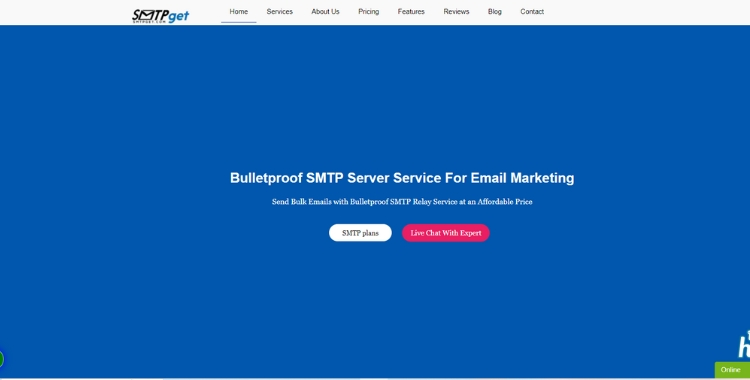
As a leading Cold email service provider, SMTPget helps you build a powerful and scalable Cold email infrastructure tailored to your sending needs with features like:
- Dedicated IPs
- PowerMTA setup
- IP rotation for inbox placement
- Domain and IP warm-up
- Real-time reporting and analytics
- Custom SMTP setup
- 24/7 support for cold email campaigns
2. iDealSMTP
iDealSMTP is a top-rated Cold email service provider that helps small businesses and marketers set up a Cold email SMTP server quickly. With iDealSMTP, you get full control over your Cold email infrastructure, ensuring your messages land in inboxes, not spam folders.
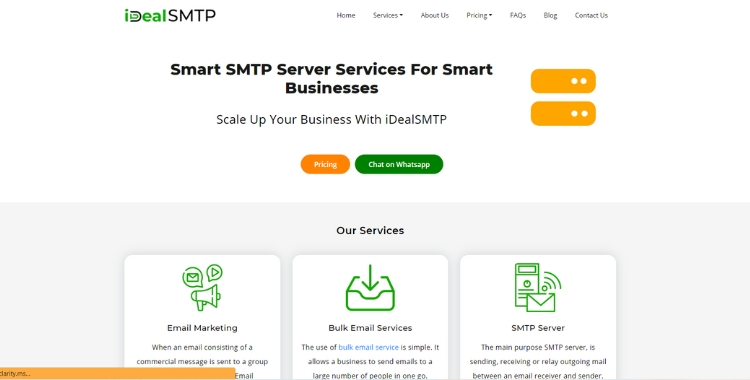
Key Features:
- Personalized SMTP infrastructure
- Warm-up automation
- Custom sending domains and IPs
- Supports cold email tools via SMTP relay
3. Amazon SES
Amazon SES can be used as a Cold email SMTP server, but it requires extensive setup. You’ll need to manage SPF/DKIM, IP warming, and list hygiene manually. Still, with effort, it can be one of the Best SMTP Services for Cold Emails.
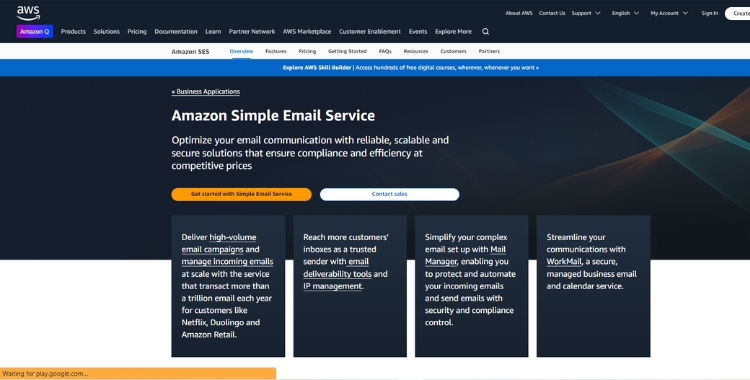
Features:
- Extremely low cost
- Scalable infrastructure
- High inbox placement (with proper setup)
4. Mailgun
Mailgun is another powerful email infrastructure tool. While it is not strictly a Cold email service provider, it supports high-volume sending via API and SMTP. You’ll need to configure everything yourself: from authentication to bounce handling. Mailgun can suspend accounts if their anti-spam policies are violated. It’s critical to maintain compliance and hygiene.
5. Sendinblue (Brevo)
Sendinblue is best for beginners sending warm leads. It offers SMTP relay and marketing automation. However, it’s not recommended as a Cold email SMTP server because of strict anti-spam policies.
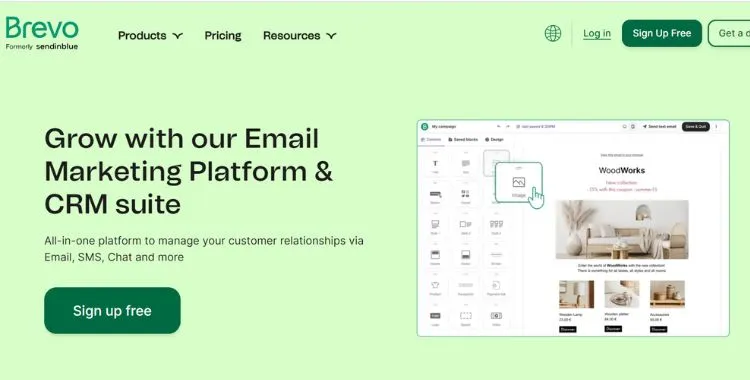
Still, it works well for transactional emails, newsletters, or follow-ups within a permission-based audience.
6. Postmark
Postmark is best for transactional email only. It delivers emails incredibly fast and reliably. However, it’s not a Cold email service provider, and cold emails violate their terms of service.
Use it only for transactional email, password resets, or account notifications, not for prospecting.
How to Build Your Cold Email Infrastructure
To run successful outreach campaigns, you need more than just the Best SMTP Services for Cold Emails. You need a reliable, sustainable Cold email infrastructure. Here’s how to build it:
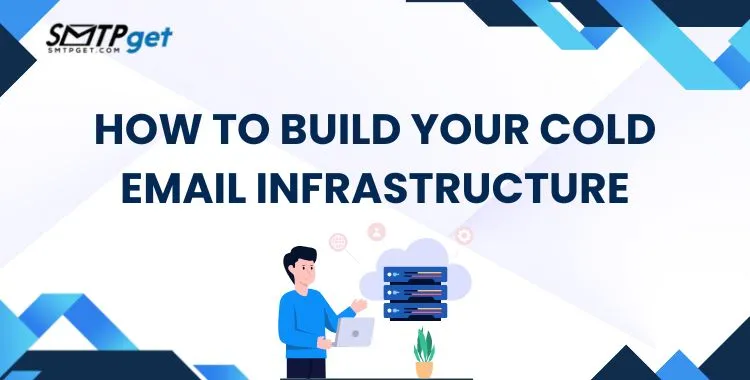
Step 1: Set Up Your Domain
Use a separate domain for cold email. Example: if your main domain is company.com, use companymail.com or getcompany.com.
Step 2: Configure DNS Records
Set up:
- SPF to specify the allowed sending servers
- DKIM to digitally sign your emails
- DMARC to reduce spoofing
These records prove you’re a legitimate sender, which boosts deliverability.
Step 3: Warm Up Your Domain and IP
Gradually increase your sending volume over 2–4 weeks. The Best SMTP Services for Cold Emails will help automate this process.
Step 4: Use a Cold Email Tool
Cold email software helps manage:
- Follow-ups
- Timing
- Personalization
- Open/click tracking
Popular options:
- Instantly.ai
- Smartlead.ai
- Lemlist
- QuickMail
These tools integrate with your Cold email SMTP server.
Step 5: Monitor and Optimize
Track:
- Bounce rate (keep <5%)
- Spam complaints (keep <0.1%)
- Open rate (>30%)
- Reply rate (>10%)
Use this data to improve copy, segment better, and refine your sender reputation.
Benefits of Using the Best SMTP Services for Cold Emails
- Better inbox placement
- Unlimited sending
- Complete control over deliverability
- Long-term scalability
- Protection from blacklisting
Most importantly, a proper Cold email infrastructure ensures your efforts lead to results, not wasted emails.
Final Thoughts
Choosing the Best SMTP Services for Cold Emails isn’t optional—it’s essential for success. Cold emailing without the right tools is like flying blind. You risk poor deliverability, blocked domains, or blacklisted IPs.
By working with a trusted Cold email service provider like SMTPget or iDealSMTP and setting up a dedicated Cold email SMTP server, you can build a reliable and effective Cold email infrastructure that scales with your growth.
Don’t let your messages get lost in spam. Build your strategy on the right foundation—and let your cold emails work for you.
FAQs about Cold Email SMTP Server
Here are some common questions and answers about Cold Email SMTP Servers, from setup to deliverability. Learn how to optimize your server for successful cold email campaigns.
1. What is a Cold Email SMTP Server?
A Cold Email SMTP Server is a mail transfer system designed to send unsolicited emails to prospects, helping ensure your messages land in inboxes, not spam folders.
2. Why can’t I use regular email tools like Mailchimp or Gmail for cold emails?
Most traditional platforms either ban cold emailing or have strict daily limits, which makes them unsuitable for outreach to new contacts.
3. What makes a Cold Email SMTP Server different from a regular SMTP server?
It’s optimized for inbox placement, IP warming, domain authentication (SPF, DKIM, DMARC), bounce handling, and compliance with cold email best practices.
4. Why is IP warming important in cold email campaigns?
IP warming gradually builds trust with email providers by slowly increasing your sending volume, which helps improve deliverability.
5. Do I need a separate domain for cold emailing?
Yes, using a separate domain protects your main domain’s reputation in case of deliverability issues or spam complaints.
6. What features should I look for in a Cold Email SMTP Service?
Key features include dedicated IPs, warm-up automation, high send limits, SPF/DKIM/DMARC support, bounce monitoring, and integration with outreach tools.
7. Which are the top Cold Email SMTP providers in 2025?
SMTPget and iDealSMTP are top choices. Others like Amazon SES, Mailgun, and Postmark offer SMTP services but may not fully support cold emailing.
8. Can I send unlimited emails with a Cold Email SMTP server?
Yes, the best providers allow unlimited sending once your domain and IP reputation are properly established.
9. How do I monitor the success of my cold email campaigns?
Track bounce rate, spam complaints, open rate, and reply rate. Aim for <5% bounce rate and >30% open rate for best results.
10. What are the benefits of using a dedicated Cold Email SMTP Server?
It improves inbox placement, avoids blacklists, supports high-volume sending, and gives you complete control over your outreach.


